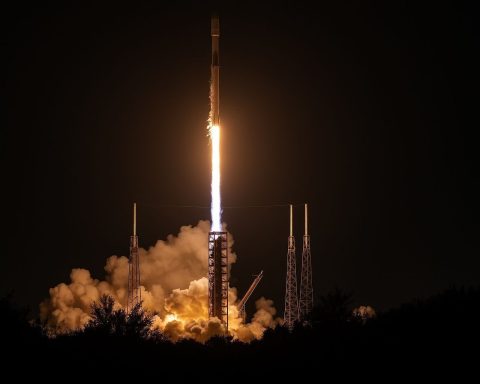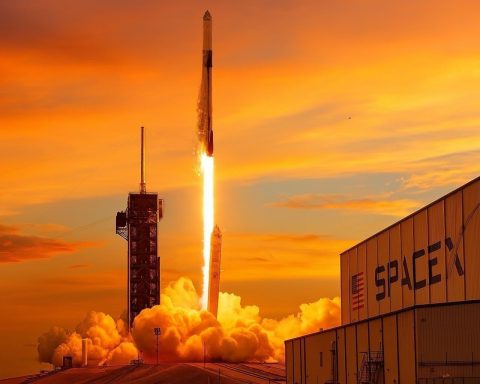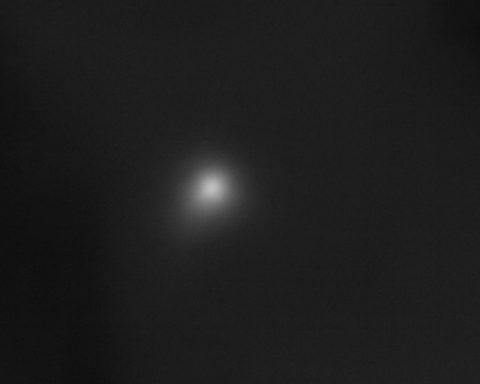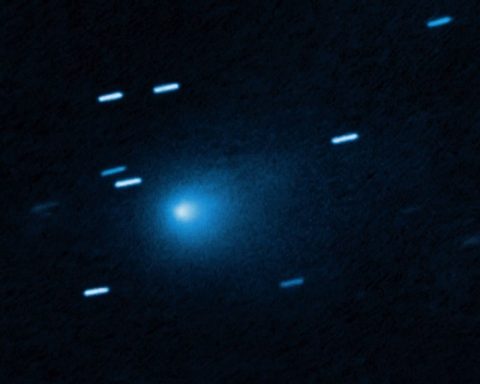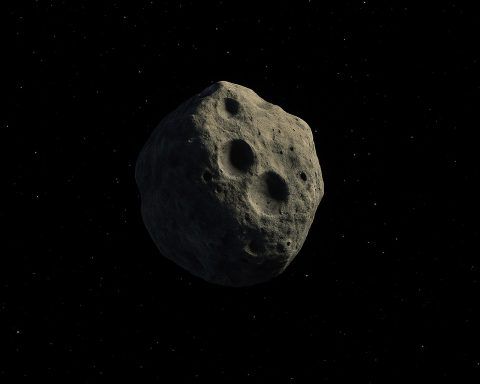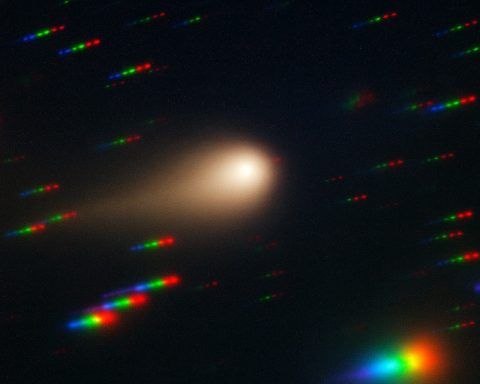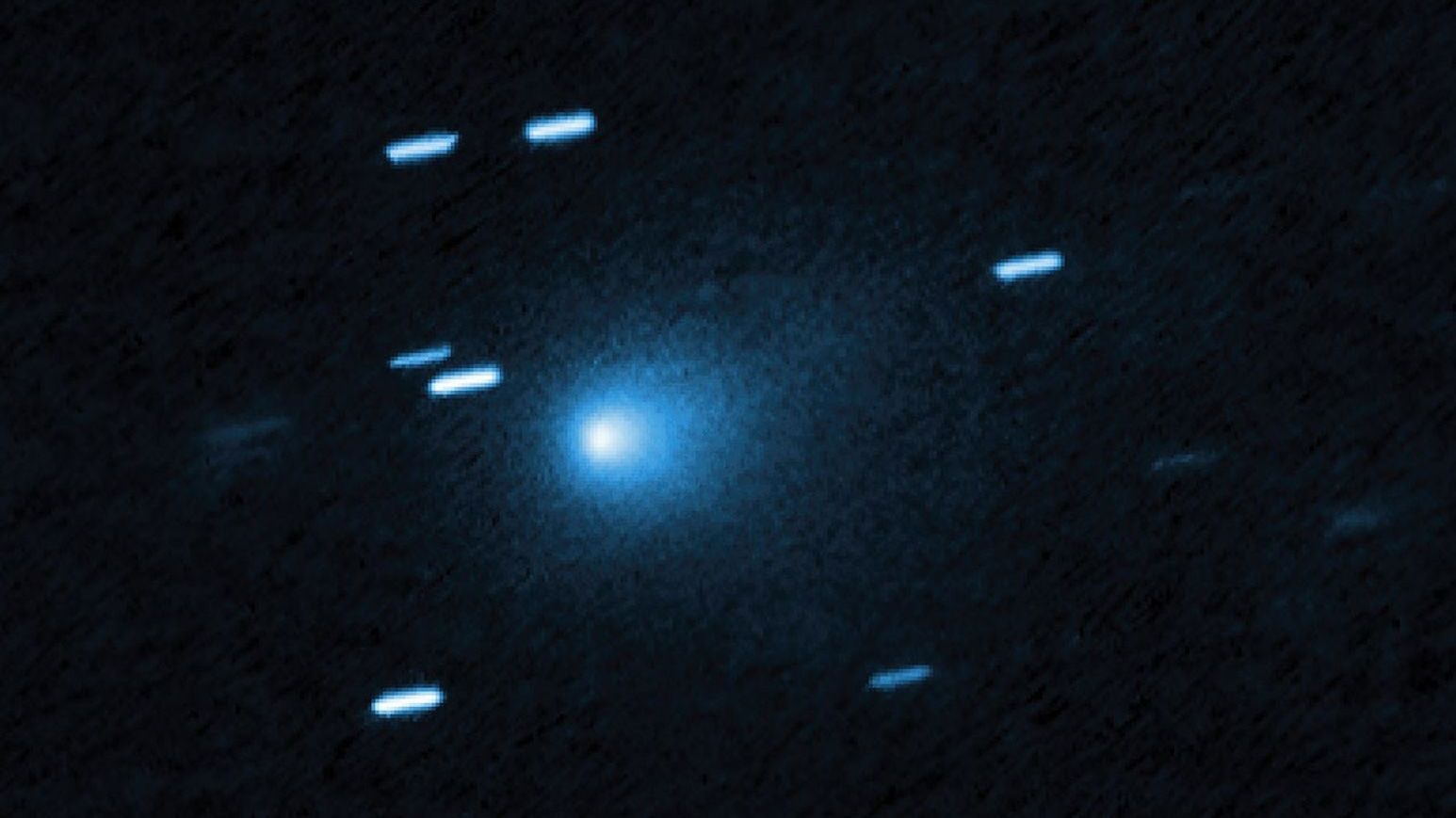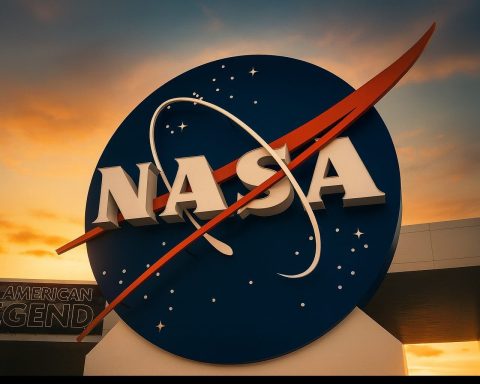
NASA News Today, December 4, 2025: Isaacman Hearing, Mars ‘Mini‑Lightning,’ Interstellar Comet, Tsunami from Space and a Cold Supermoon
As of Thursday, December 4, 2025, NASA is at the center of a busy news cycle that spans politics in Washington, discoveries on Mars, a new interstellar comet campaign, breakthroughs in tsunami science, fresh Earth imagery, and a sky show
